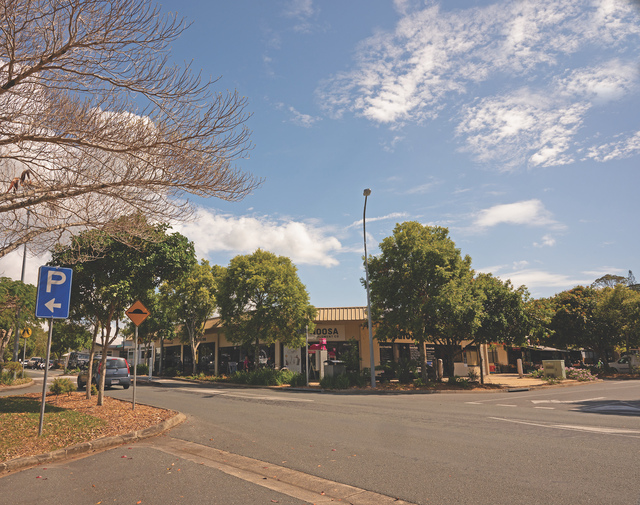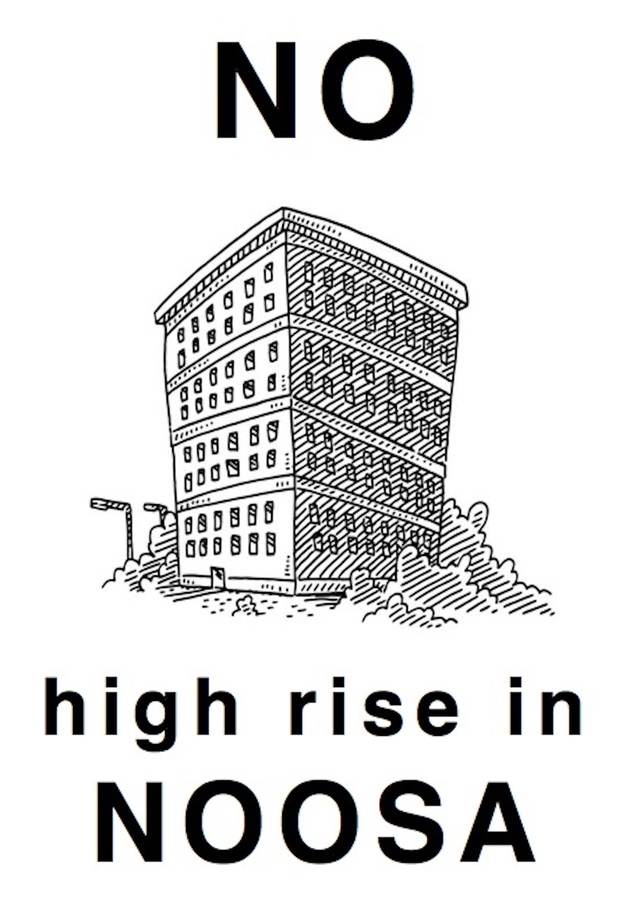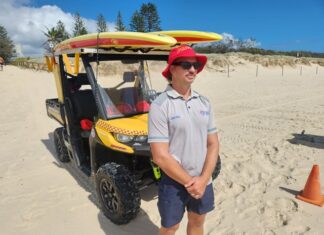Sixteen years ago, faced with an election just a year out and with a hostile reaction to its council amalgamation strategy, particularly in Noosa Shire in the south and Douglas Shire up north, the state Labor government introduced its rather quirky Iconic Places legislation.
The act, introduced on 6 March 2008, defined an iconic place as “the characteristics or qualities of the place’s natural or built environment that the Minister is satisfied reflect or contribute in a substantial way to Queensland’s character”.
Any layer of protection is better than none, but the then-Minister for Infrastructure and Planning approved just two iconic places in the state, Noosa and Port Douglas. (The Blackall Range and parts of the Capricorn Coast were added later, before the time limit for declaration expired on 30 June 2008.)
The act was subsequently repealed by the same Bligh government on 3 July 2011, citing the necessary removal of “procedural burden” but more likely in response to bad polling ahead of the 2012 election, which didn’t stop the landslide to the LNP.
So, overall, a rather cynical exercise, but in its detail, Labor’s Iconic Places Act showed that a state government could, and should, take notice of the individual fabric of its communities, rather than always apply the broad brushstroke. It noted: “That the Noosa Shire community respects and appreciates its environment and has goals of environmental excellence, quality lifestyle and economic well-being. As a consequence, the Noosa Shire community seeks:
a) built environments which fit into and do not dominate the natural environment; and
b) confidence that population growth and associated change does not adversely impact on the character, lifestyle and environment enjoyed by its residents.”
The Act also acknowledged that Noosa’s urban settlements maintained their character through low rise buildings of predominantly two storeys.
The government also created Iconic Places Assessment Panels to oversee development applications relating to the Iconic Places, to ensure that developments did not breach the iconic values.
So, just as the state Labor government of today apparently wants to establish a precedent for building heights everywhere, including in Noosa in direct contravention of the planning scheme, through its proposed State Facilitated Development legislation, state Labor 16 years ago established a precedent with its short-lived Iconic Places legislation that communities don’t come out of a cookie cutter, that it’s okay to be “different by nature”.
Despite the bloodbath of 2012, some of the sentiment of Iconic Places survived, and Premier Campbell Newman gave his support to Noosa’s de-amalgamation campaign and instructed his Local Government Minister David Crisafulli to examine how it could be achieved.
Different times, different issues, but it’s interesting to note that SFD and its high-rise implications have brought the old warhorses of de-amalgamation back to the trenches of a steering committee, former Noosa mayor Tony Wellington and Friends of Noosa leader Bob Ansett to name a couple. And again, we are in a space where place-building should take precedence over power-building, and the community needs to be vigilant to ensure that happens.
It’s also noteworthy that, while a few howls of Noosa NIMBYism have been heard from the sewers of social media, these can be diffused by the fact that a Gold Coast community is also rising up against the development ramifications of SFD, following Housing Minister Scanlon’s green light for the SFD Breakwater project on a flood plain at Robina.
In 2021, the Gold Coast City Council apparently approved 1500 dwellings, but the government has increased this to 2750 with 15 per cent to be affordable. Minister Scanlon had reportedly already approved hundreds of homes at the abandoned Arundel Hills Country Club site after the council had rejected the application.
The council’s planning committee chair Mark Hammel has pushed back, saying the Robina SFD approval did not fit with their growth management strategy and, “This is a poor planning decision that will have terrible effects on my community for a decade or more.”
Meanwhile, this writer understands that Noosa Mayor Frank Wilkie and Noosa MP Sandy Bolton apparently returned from their recent meeting with Minister Scanlon empty handed. No concessions, and no change in the Minister’s determination to push through with the SFD developments for Noosa. Yet.
With the state election now imminent, it is time for all candidates to let their community know where they stand on SFD and its high-rise implications for Noosa. So far Ms Bolton has expressed her strong views in and out of the parliament against the state overriding the Noosa Plan, while Greens candidate Rhonda Prescott has also stated her opposition. LNP candidate Clare Stewart has noted that “we expect state governments to engage with councils, not dictate to them”, but so far has offered no detail on her position on the SFD process and whether, if elected, she will oppose the state government using the SFD legislation to override Noosa’s planning scheme. Labor candidate Mark Denham made a brief statement in support of SFD: “This is the right thing to do for frontline workers in this state, for hospitality workers who need to be employed in the businesses in Noosa.“
The local steering committee in opposition to SFD has launched an E-petition to the Queensland Parliament requesting they refuse the two State Facilitated Development applications in Noosa, and it is now live at parliament.qld.gov.au/Work-of-the-Assembly/Petitions/Petition-Details?id=4176
Phil Jarratt is a former newspaper journalist.








